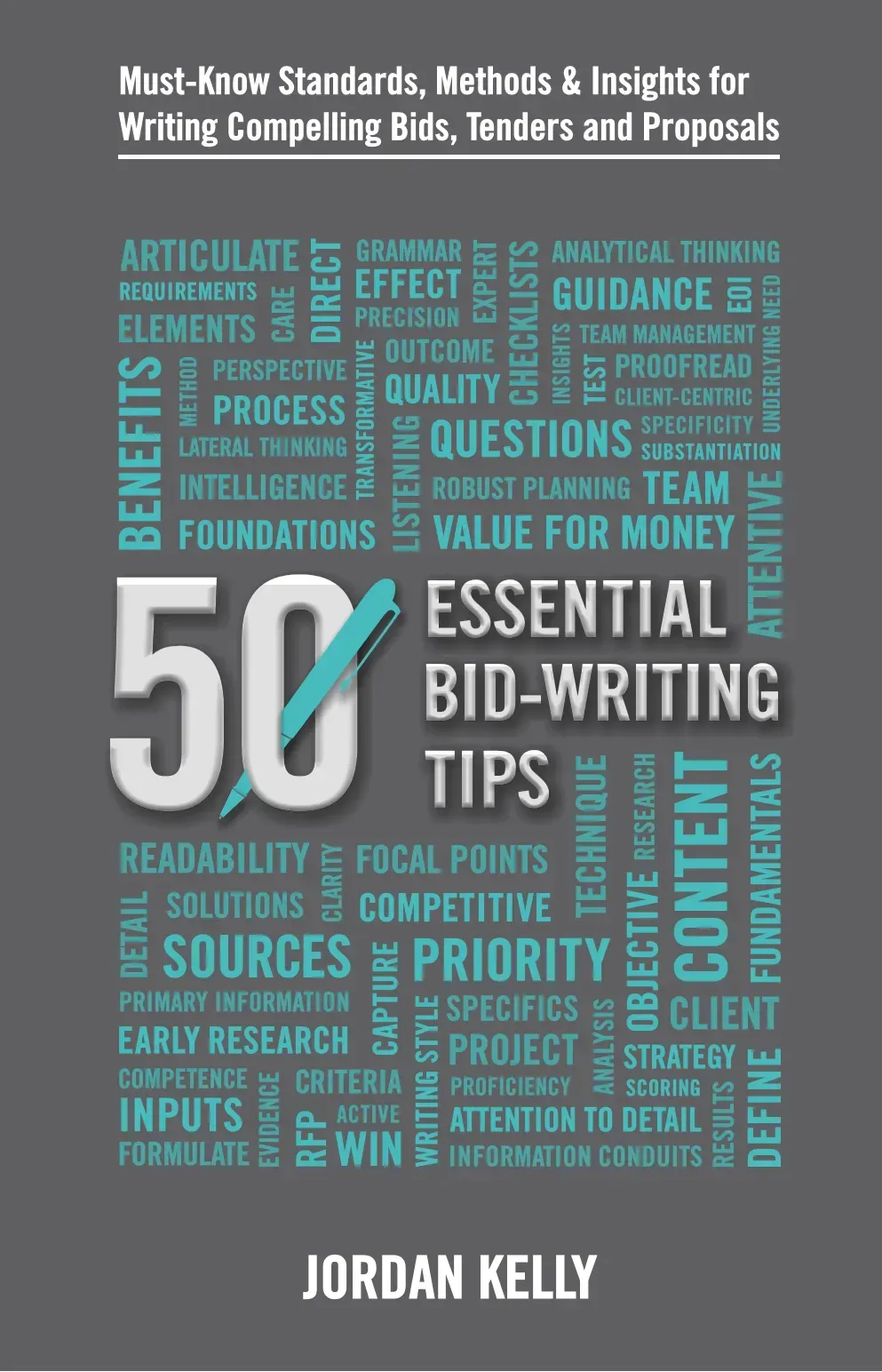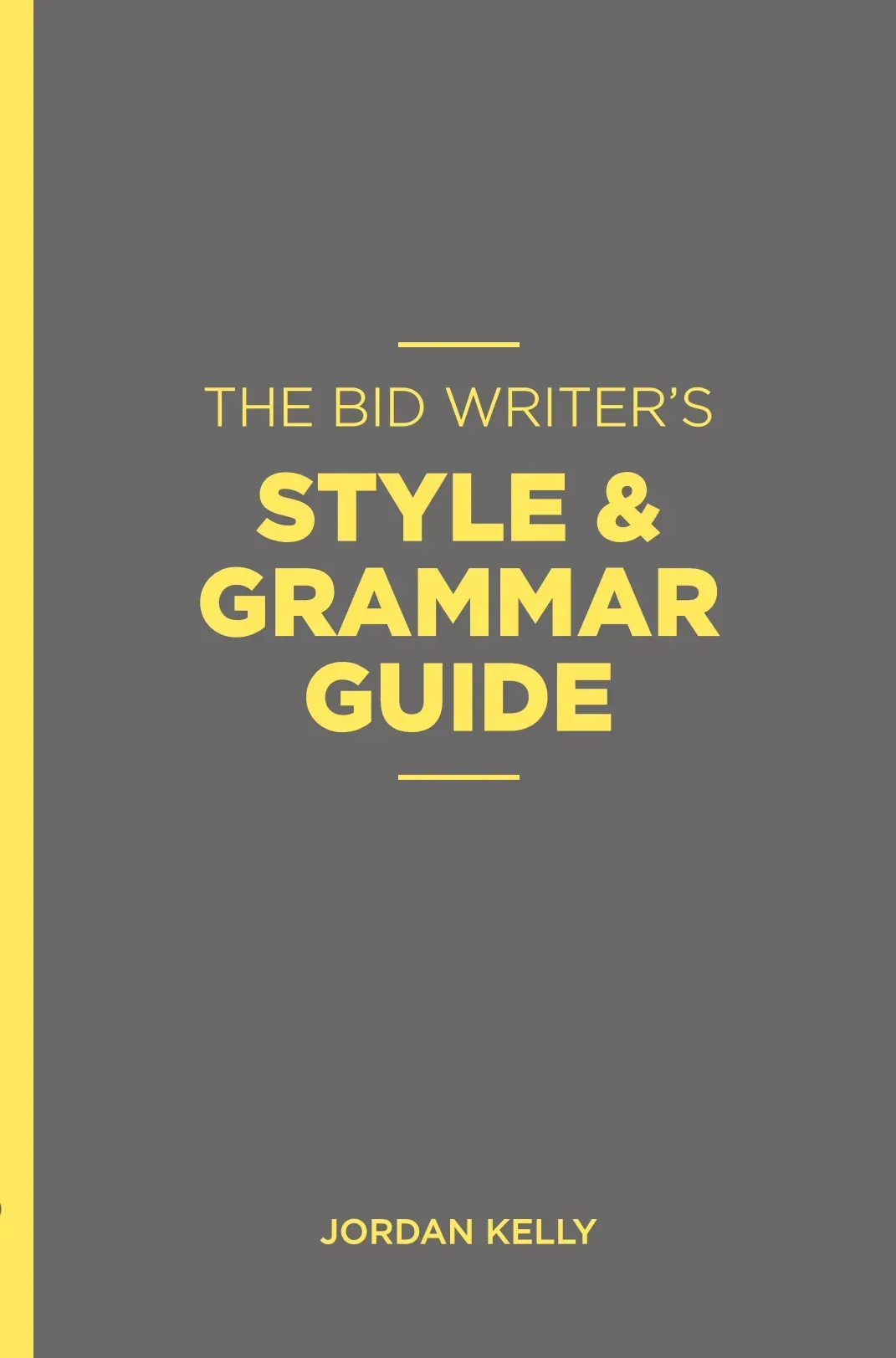CATEGORIES:

The tone or writing style of a bid need not be 100 percent uniform across all sections of the submission, but an editor should ensure against a mish-mash of different, non-complementary styles.
A bid with a “salesy” Executive Summary or “front end”, and a “back end” that ranges widely from misplaced “brochureware” to dry academia, gives the impression of a disorganised vendor or bidder.
Depending on the degree of disparity, it could even convey the impression that the various departments within the bidding enterprise are not on the same page.
In answer to the question, “What’s the best style of writing to employ in a bid?”, it would be simple to say, “That which comes naturally to the writer.”
Unfortunately, it would also be simplistic.
The problem is, sometimes (often, in fact), a stilted, convoluted academic style is the section contributor’s default writing style.
A partial answer to this – and one which avoids this pot pourri of styles ending up on the editor’s desk in the first place – is to coach all section authors in the use of the active voice in their writing.
THE BID WRITER'S STYLE & GRAMMAR GUIDE
(Book)
This resource has been produced both for the professional bid writer and for those subject matter experts who are called upon to author sections for submissions.
It covers not only grammar and style but also provides tuition on many other basics of effective bid-writing (including strategy, as the essential foundation of a high-quality proposal document).
50 ESSENTIAL BID-WRITING TIPS
Must-Know Standards, Methods & Insights for Writing Compelling Bids, Tenders and Proposals

(Book)
Professional bid-writing exhibits the same qualities as any other good writing.
However, there are important additional elements that characterise compelling and effective bid copy.



